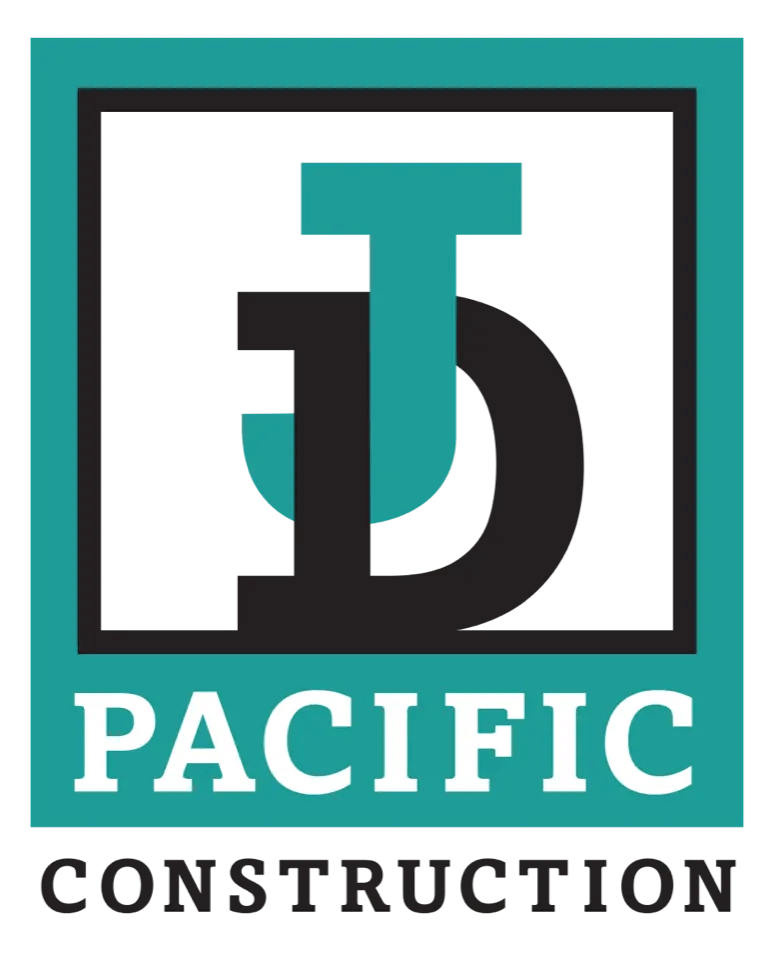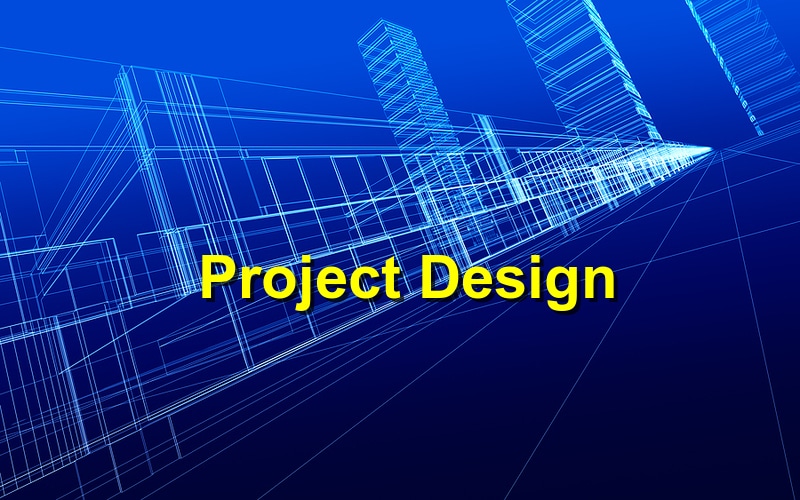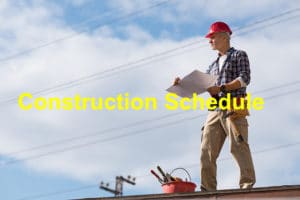Choosing the right project design firm is one of the most important decisions in any construction project. The right firm will help ensure functionality, aesthetics, compliance, and efficiency, while the wrong choice can lead to costly delays and design flaws.
With so many options available, how do you select the best firm for your needs? Here’s a step-by-step guide to help you make the right choice.
1. Define Your Project Needs
1.1 Identify Your Project Scope and Goals
Before reaching out to firms, clearly define your:
✔ Project type (residential, commercial, industrial, healthcare, etc.).
✔ Budget and timeline expectations.
✔ Design priorities (sustainability, innovation, energy efficiency).
✔ Regulatory requirements for your location and industry.
💡 Tip: Knowing what you want helps you find a firm that specializes in your specific project type.
1.2 Understand the Role of a Project Design Firm
A project design firm typically offers:
✔ Architectural planning and design.
✔ Structural and engineering consultation.
✔ Space planning and functionality analysis.
✔ Permitting and compliance support.
💡 Example: If you need a LEED-certified building, look for firms with green building expertise.
2. Research and Shortlist Potential Firms
2.1 Look for Industry Experience and Specialization
✔ Choose firms with experience in projects similar to yours.
✔ Check their portfolio for past work in your industry.
✔ Consider firms that specialize in your project size and complexity.
💡 Example: A hospital project requires a firm experienced in healthcare facility design and medical code compliance.
2.2 Evaluate Reputation and Client Reviews
✔ Look at online reviews, testimonials, and case studies.
✔ Ask for references from past clients.
✔ Check industry awards and recognitions.
💡 Tip: A firm with strong client satisfaction and repeat business is a great indicator of reliability.
2.3 Assess Their Technical Capabilities
✔ Do they use BIM (Building Information Modeling) for advanced planning?
✔ Are they familiar with modern construction technologies?
✔ Do they stay updated with code changes and compliance laws?
💡 Example: Firms using 3D modeling and virtual reality (VR) can help clients visualize projects before construction begins.
3. Review Their Design Process and Communication
3.1 Understand Their Design Approach
✔ Does the firm prioritize aesthetics, efficiency, or sustainability?
✔ How do they handle design revisions and client feedback?
✔ What is their collaboration process with engineers and contractors?
💡 Tip: A firm with a flexible, client-centric approach ensures your vision is fully realized.
3.2 Evaluate Their Communication Style
✔ Are they responsive and proactive?
✔ Do they explain technical details clearly?
✔ Will they provide regular progress updates?
💡 Example: A design firm that ignores your input or takes weeks to respond can lead to frustrating delays.
4. Verify Licenses, Certifications, and Compliance
4.1 Check Professional Credentials
✔ Are the architects and engineers licensed and certified?
✔ Do they have industry accreditations (LEED, AIA, NCARB, etc.)?
✔ Are they members of professional associations?
💡 Tip: Always verify licenses through official state or national boards.
4.2 Ensure Regulatory and Code Compliance
✔ Are they familiar with local zoning laws and building codes?
✔ Do they have experience securing permits and approvals?
✔ Have they handled ADA compliance or environmental regulations?
💡 Example: A commercial building must meet fire safety, accessibility, and energy efficiency regulations.
5. Compare Costs and Contract Terms
5.1 Understand Their Pricing Structure
✔ Do they charge a fixed fee, hourly rate, or percentage of the project cost?
✔ Are all services included in the estimate?
✔ Do they provide a detailed cost breakdown?
💡 Tip: Avoid firms that offer vague pricing or hidden fees.
5.2 Review Contract Terms and Deliverables
✔ What are the project timelines and milestones?
✔ Who owns the design rights and intellectual property?
✔ What happens in case of delays or disputes?
💡 Example: If the firm owns the design rights, you may need permission to modify the plans later.
6. Schedule Consultations and Ask Key Questions
Before making a final decision, schedule meetings with your shortlisted firms. Ask:
✔ How do you handle project changes and revisions?
✔ What is your experience with projects of this scale?
✔ Can you provide references from past clients?
✔ Who will be the main point of contact?
💡 Tip: A great firm is not just skilled—it’s also a good cultural fit for your team.
7. Make Your Final Selection and Start the Project
Once you’ve assessed all factors:
✔ Choose the firm that aligns best with your vision, budget, and project goals.
✔ Sign a detailed contract outlining scope, costs, and timelines.
✔ Begin collaborating on the design process!
💡 Tip: A strong partnership with your design firm leads to a smoother, more efficient construction project.
Conclusion
Selecting the right project design firm is essential for ensuring efficiency, compliance, and a successful final build. By researching firms, evaluating experience, reviewing costs, and ensuring strong communication, you can make an informed choice that keeps your construction project on track and within budget.
Take the time to choose wisely, and set your project up for success from the start! 🚀
References: LinkedIn, Composites




